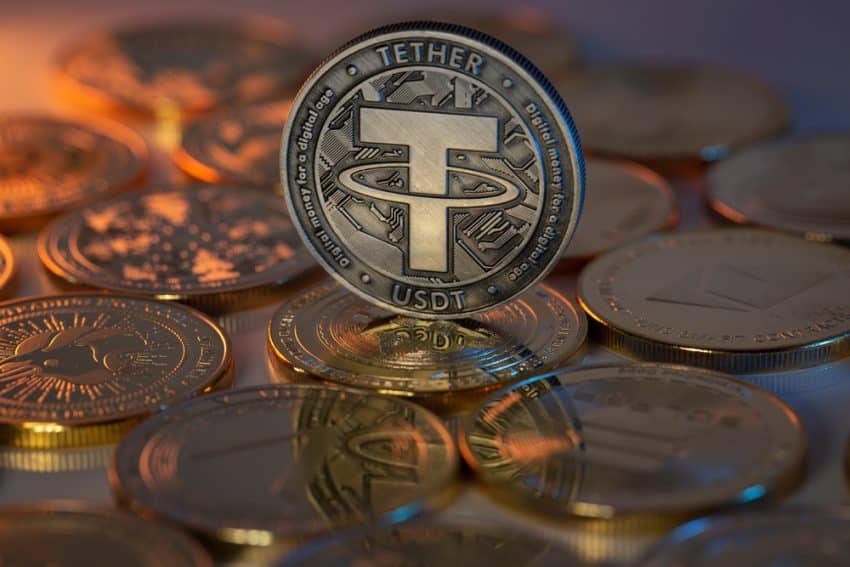The Tether (USDT) stablecoin will no longer be provided on the Bitcoin Omni layer. Additionally, redemptions will remain open for at least one year.
Tether, a stablecoin provider, is set to suspend its Bitcoin Omni Layer version, claiming disinterest from users. The Bitcoin category of Tether was one of the initial stablecoins ever developed. An August 17 announcement from the team also shows that the Bitcoin Cash versions will be suspended.
Availability of USDT in Other Blockchains Erode Popularity of Omni Layer
The announcement reveals that from now on, no more tokens will be provided on the Bitcoin Omni Layer, Bitcoin Cash, or Kusama. Redemption will be available for at least one year, and the firm will give additional announcements before the year lapses concerning the means to handle recoveries following that point.
The Bitcoin Omni Layer is a smart contract system created on the blockchain. It was previously referred to as ‘Mastercoin’ and was launched in July 2023, two years before Ethereum. Omni Layer Tether was the initial stablecoin introduced on the system in October 2014. It rapidly progressed and surpassed previous stablecoins, for instance, NuBits and BitUSD, to become the main market cap stablecoin.
Tether Acknowledges Omni Layer Role in USDT Journey
Tether’s August 17 announcement showed its intention to recognize Omni Layer Tether’s critical role in crypto history. The platform divulged that it understood the decision’s importance, especially for Omni, because it was the initial transport layer utilized by Tether in 2014.
The Omni Layer, developed atop Bitcoin, played a significant role in Tether’s early journey. Besides, the announcement recognized the team’s innovations and contributions to the crypto landscape.
Omni Layer Usage Declines as Popular Tokens Avoid Platform
Nevertheless, the team claimed that the Omni Layer ‘encountered obstacles owing to the shortage of popular tokens as well as the presence of other USDT on the rest of the blockchains.’ This resulted in exchanges ditching Omi and instead using other transport layers, which reduced USDT Omni utilization and compelled the firm to suspend its issuance.
Tether claimed that in case the usage of Omni picked up, it would consider restoring the Omni Layer version. The firm also revealed that it was creating a new Bitcoin smart contract system referred to as ‘RGB’ and intends to reissue Tether in an RGB model following its completion. This would restore Tether within the Bitcoin blockchain.
This year, competition between stablecoins has been rising, challenging Tether’s supremacy. On August 7, PayPal unveiled the PayPal USD (PYUSD) days after Binance introduced the First Digital USD (FDUSD) on July 26.
